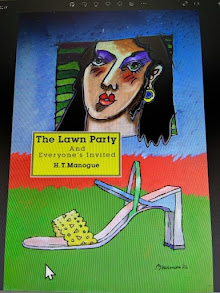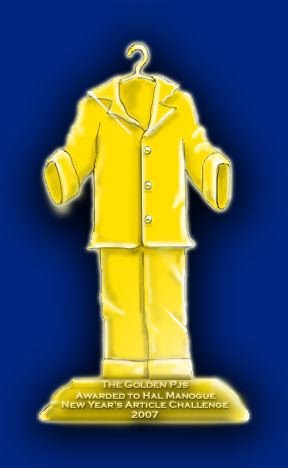What comes first in importance in the philosophy of Hui-neng is the idea of self-nature. But self-nature, I must warn the reader, is not to be conceived as something of substance. It is not the last residue left behind after all things relative and conditional have been extracted from the notion of an individual being. It is not the self, or the soul, or the spirit, as ordinarily regarded. It is nor something belonging to any categories of the understanding.
It does not belong to this world of relativities. Nor is it the highest reality which is generally ascribed to God or to Atman or to Brahma. It cannot be described or defined in any possible way, but without it the world even as we see it and use it in our everyday life collapses. To say it is to deny it. It is a strange thing.
D.T Suzuki is explaining Hui-neng's concept of self-nature in his book, The Zen Doctrine of No Mind. Hui-neng was the Sixth and Last Patriarch of Chan Buddhism. What Hui-neng identified as self-nature 13 centuries ago is now called consciousness. Suzuki describes self-nature by telling what it isn’t, not what it is. There are no words that adequately describe consciousness except the words energy in action. The atoms and molecules in our cells are consciousness. Our bodies contain consciousness and our minds function thanks to our unique quality of consciousness. There are forms of consciousness, aspects of consciousness, qualities of consciousness and regions of consciousness. But there are many other types of consciousness that we can't describe.
Our cells act like miniature brains. They contain a memory of all personal experiences even though they are constantly being replaced. The cells contain an innate record of the body's full history. That history includes the past, present and future. A change in one cell is immediately noted by our body consciousness. Body consciousness is the combined consciousness of all our cells. All changes impact the present condition of the body as well as a picture of the future condition of the body.











No comments:
Post a Comment